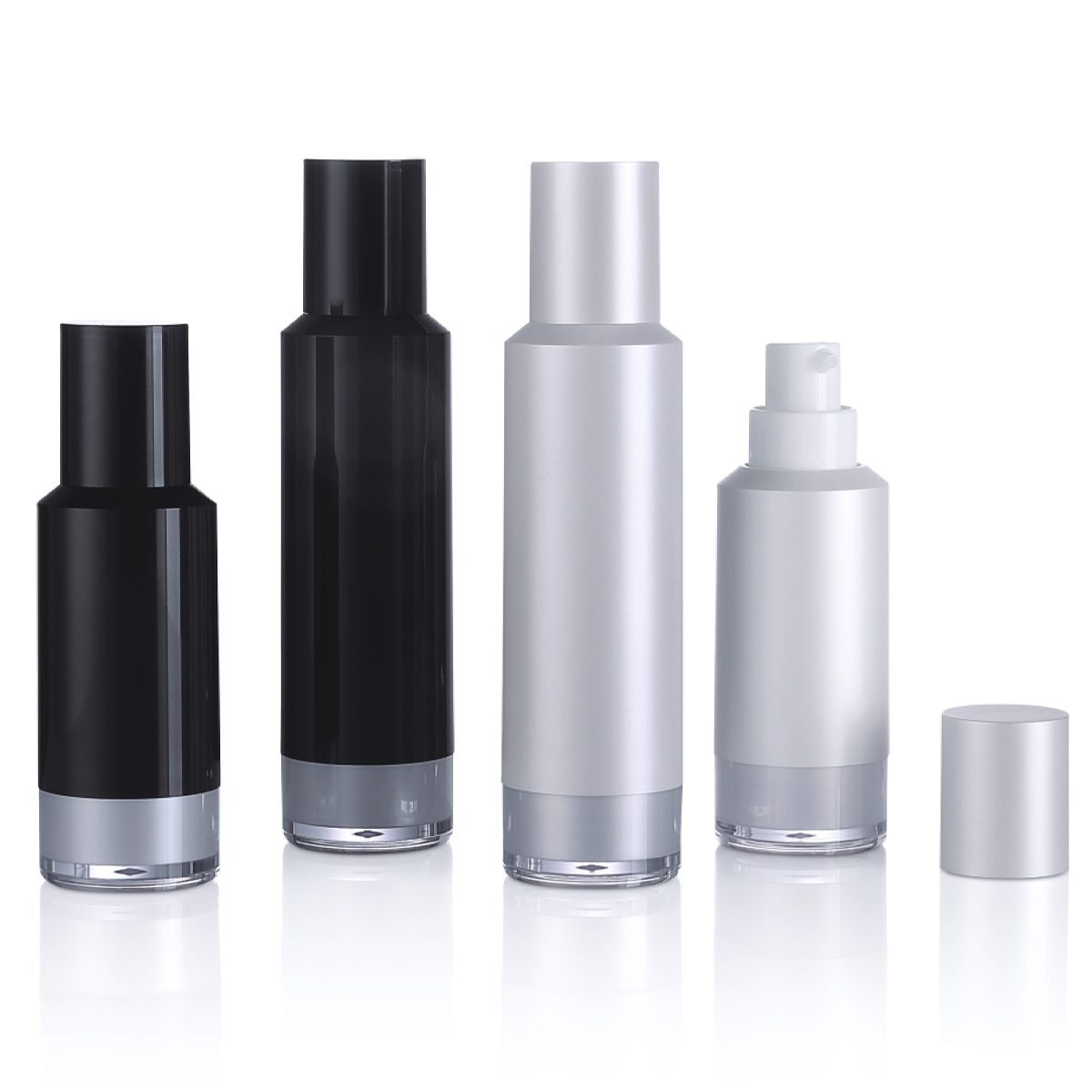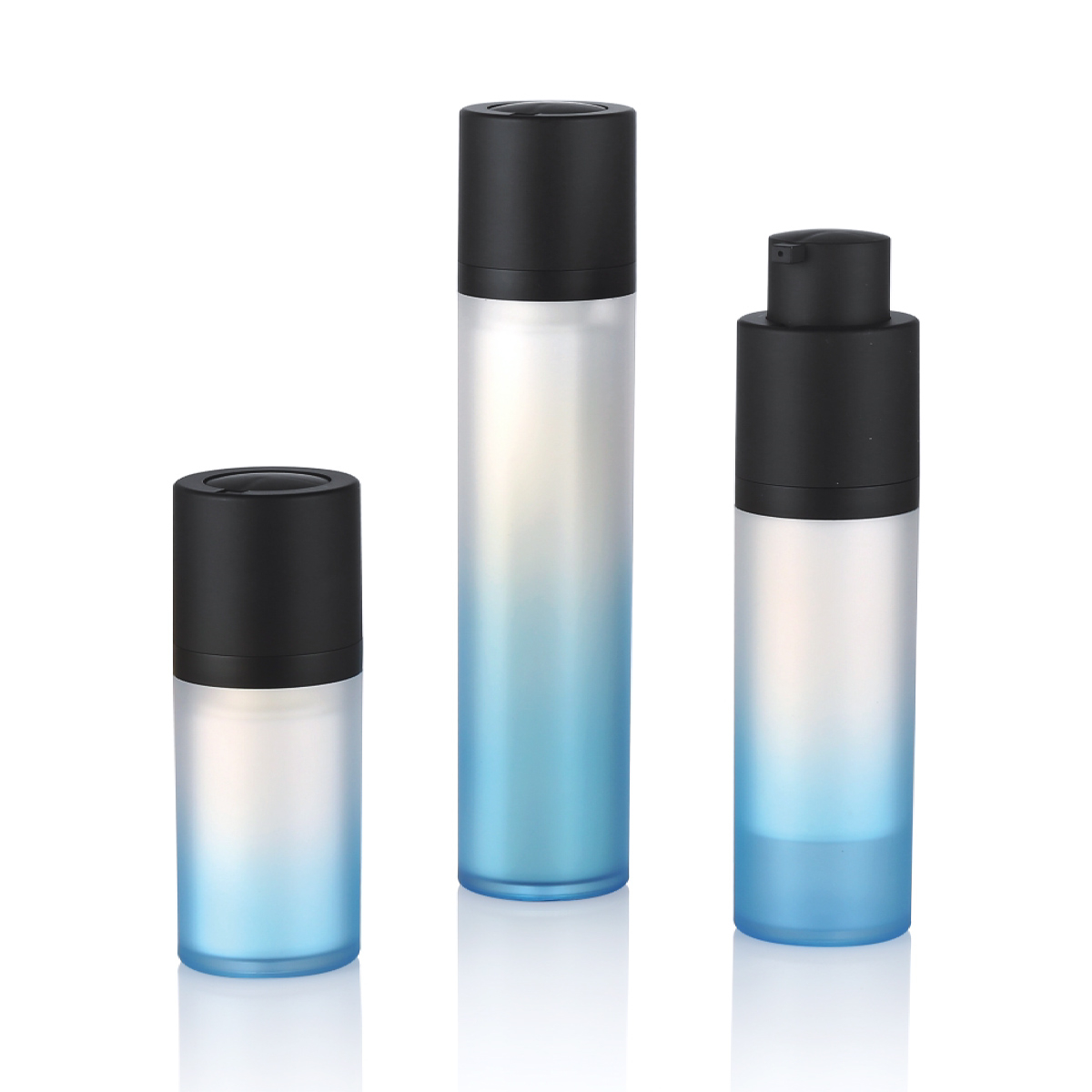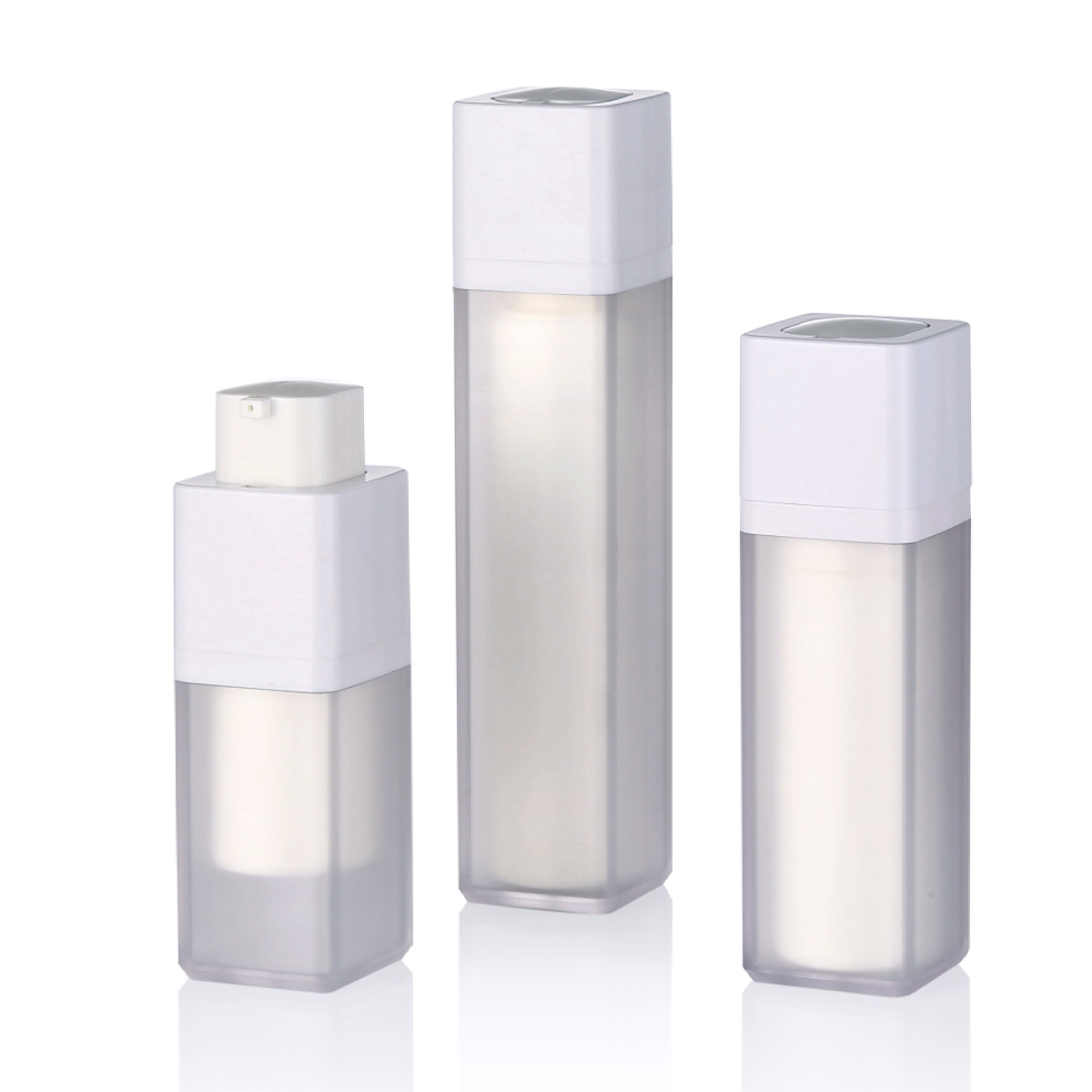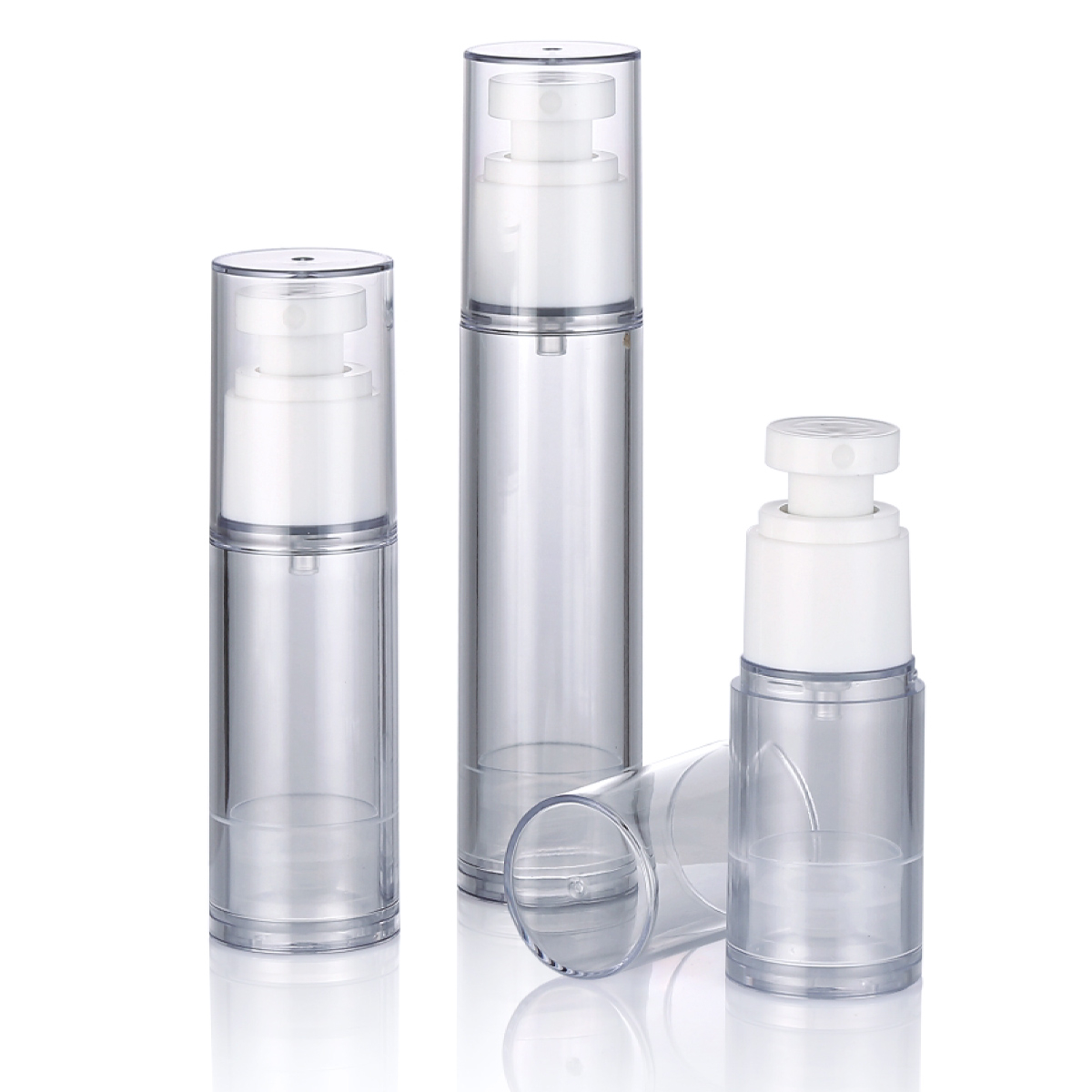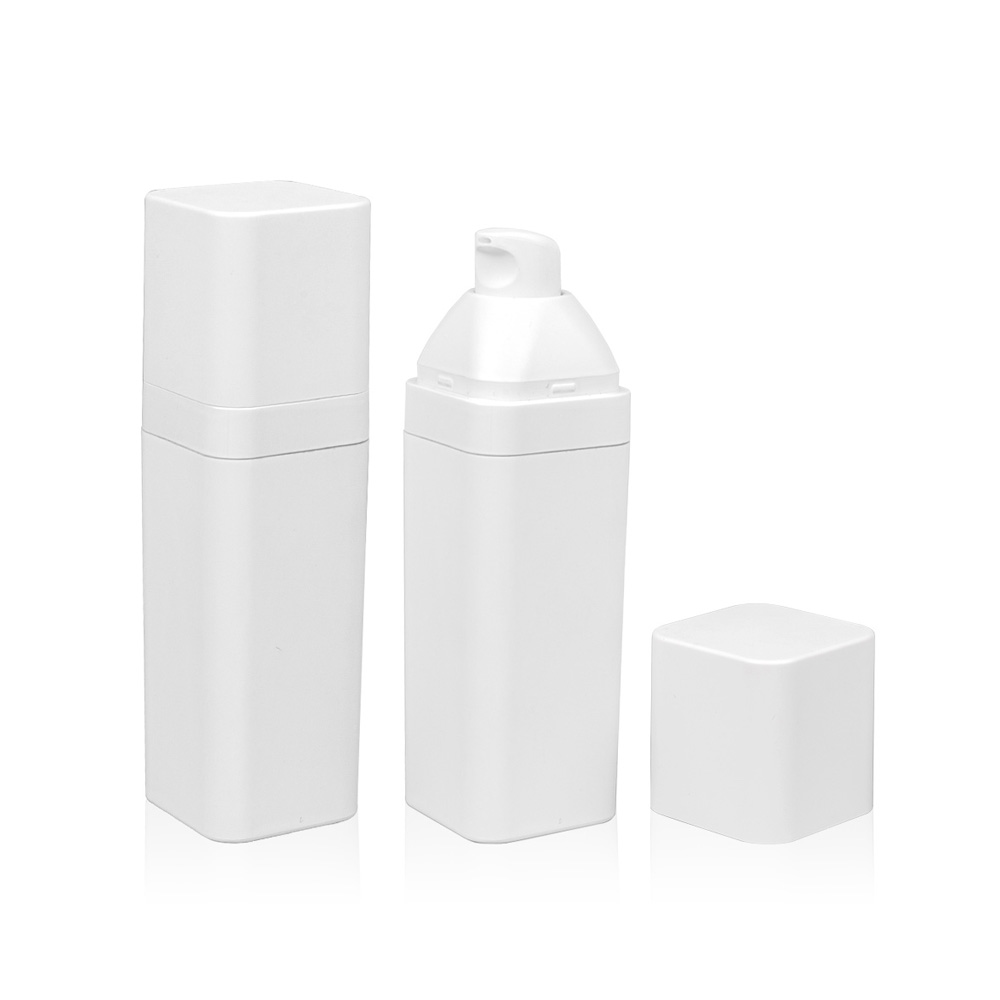The stability and potency of active ingredients are paramount concerns for formulators in skincare, cosmetics, and pharmaceuticals. Ingredients like Vitamin C, retinoids, peptides, botanical extracts, and certain antioxidants are notoriously vulnerable to degradation triggered by environmental factors. The Airless Bottle packaging system has emerged as a critical technology specifically designed to mitigate these risks and enhance product shelf life.
Understanding the Vulnerability of Actives
Sensitive active ingredients can degrade through several primary mechanisms:
-
Oxidation: Exposure to atmospheric oxygen causes chemical breakdown, rendering ingredients ineffective or potentially irritating.
-
Contamination: Introduction of airborne microbes, dust, or user-introduced contaminants (e.g., fingers) can compromise product safety and integrity.
-
Light Exposure: Ultraviolet (UV) and visible light can initiate photochemical degradation reactions.
-
Evaporation/Volatilization: Volatile components or solvents can evaporate, altering the formulation's concentration and consistency.
-
Interaction: Repeated exposure to air and contaminants can increase the likelihood of unwanted interactions between ingredients.
How the Airless Bottle Mechanism Works
Unlike traditional jars or pump bottles that draw air in as product is dispensed, the Airless Bottle operates on a vacuum principle:
-
Piston System: A movable piston or diaphragm sits at the base of the product chamber.
-
Dispensing Action: When the user presses the actuator (pump), the piston moves upwards, pushing the product out through the nozzle.
-
Vacuum Creation: Crucially, as the piston rises, it creates a vacuum behind it within the container. This vacuum prevents any external air from being sucked back into the product chamber.
-
One-Way Flow: Product only flows outwards; air cannot flow inwards. The chamber volume decreases continuously as product is used.
Protective Mechanisms Provided by Airless Bottles
This unique design directly addresses the degradation pathways:
-
Minimized Oxidation: By eliminating constant air exchange, the Airless Bottle drastically reduces the product's exposure to atmospheric oxygen throughout its entire usage life. This is the most significant protective factor for oxygen-sensitive actives.
-
Reduced Contamination Risk: The sealed system prevents airborne bacteria, fungi, dust, and other external contaminants from entering the product reservoir after initial filling. User contact with the bulk product is also prevented.
-
Preserved Volatile Components: The hermetic seal helps prevent the evaporation of volatile solvents, carriers, or active ingredients themselves, maintaining the intended formulation concentration and texture.
-
Enhanced Light Protection (When Combined): While not inherently lightproof, Airless Bottles are often made from opaque or UV-filtering materials (like specific plastics), providing an additional barrier against light degradation compared to transparent containers.
-
Maintained Formulation Integrity: By preventing air ingress and contamination, the Airless Bottle helps preserve the chemical balance and physical stability of the entire formulation, reducing the risk of separation, discoloration, or odor development.
Benefits for Specific Sensitive Ingredients
-
Vitamin C (L-Ascorbic Acid): Highly prone to oxidation (turning yellow/brown). The Airless Bottle significantly slows this process, preserving potency and efficacy.
-
Retinoids (Retinol, Retinaldehyde): Sensitive to both oxygen and light. Airless Bottles provide critical oxygen barrier protection.
-
Peptides: Can be susceptible to breakdown by enzymes introduced via contamination or affected by oxidation. The sealed environment minimizes these risks.
-
Botanical Extracts & Oils: Often contain delicate, unsaturated compounds vulnerable to oxidation (rancidity). Airless Bottles help maintain freshness and efficacy.
-
Antioxidants (e.g., CoQ10, Vitamin E): Their primary function is to combat oxidation; protecting them from oxidation via Airless Bottle packaging ensures they remain effective for longer within the formulation.
Practical Considerations
-
Complete Evacuation: The piston design allows for near-complete evacuation of the product (typically 95%+), minimizing waste and ensuring users receive the full formulated dose.
-
Consistency: Product consistency (viscosity) is maintained throughout the lifespan as air exposure doesn't thicken or dry out the surface layer.
-
Dosing Control: Dispensers on Airless Bottles usually provide precise and consistent doses.
For formulations incorporating sensitive and valuable active ingredients, packaging is not merely a container but an integral component of product stability and efficacy. The Airless Bottle system offers a scientifically sound solution by fundamentally altering the product-environment interface. Through its vacuum-driven, one-way dispensing mechanism, it provides a robust barrier against oxygen, contamination, and evaporation, directly addressing the primary causes of active ingredient degradation. This technology represents a significant advancement in preserving the intended benefits of sophisticated formulations from the first use to the last.

 English
English 中文简体
中文简体 Español
Español عربى
عربى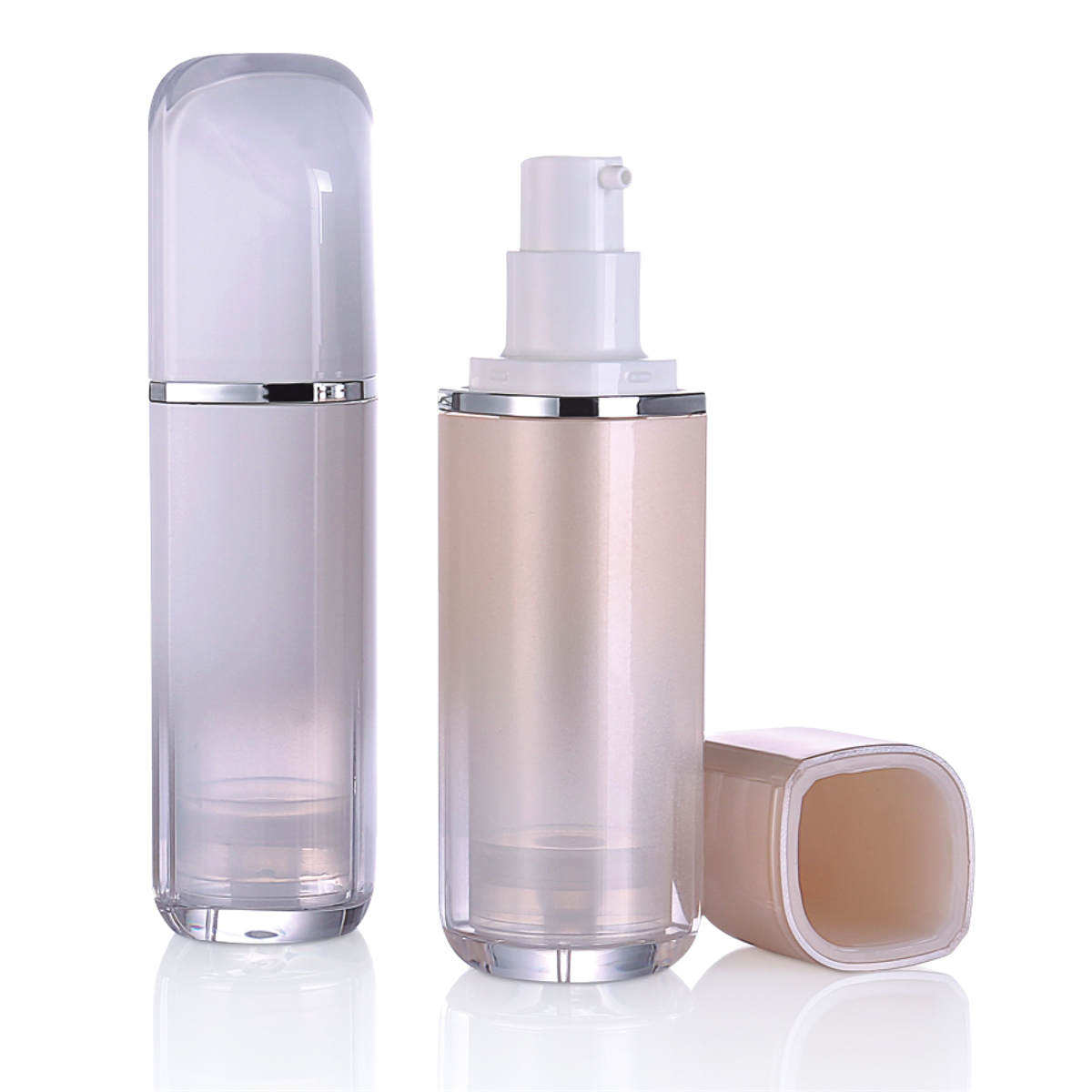
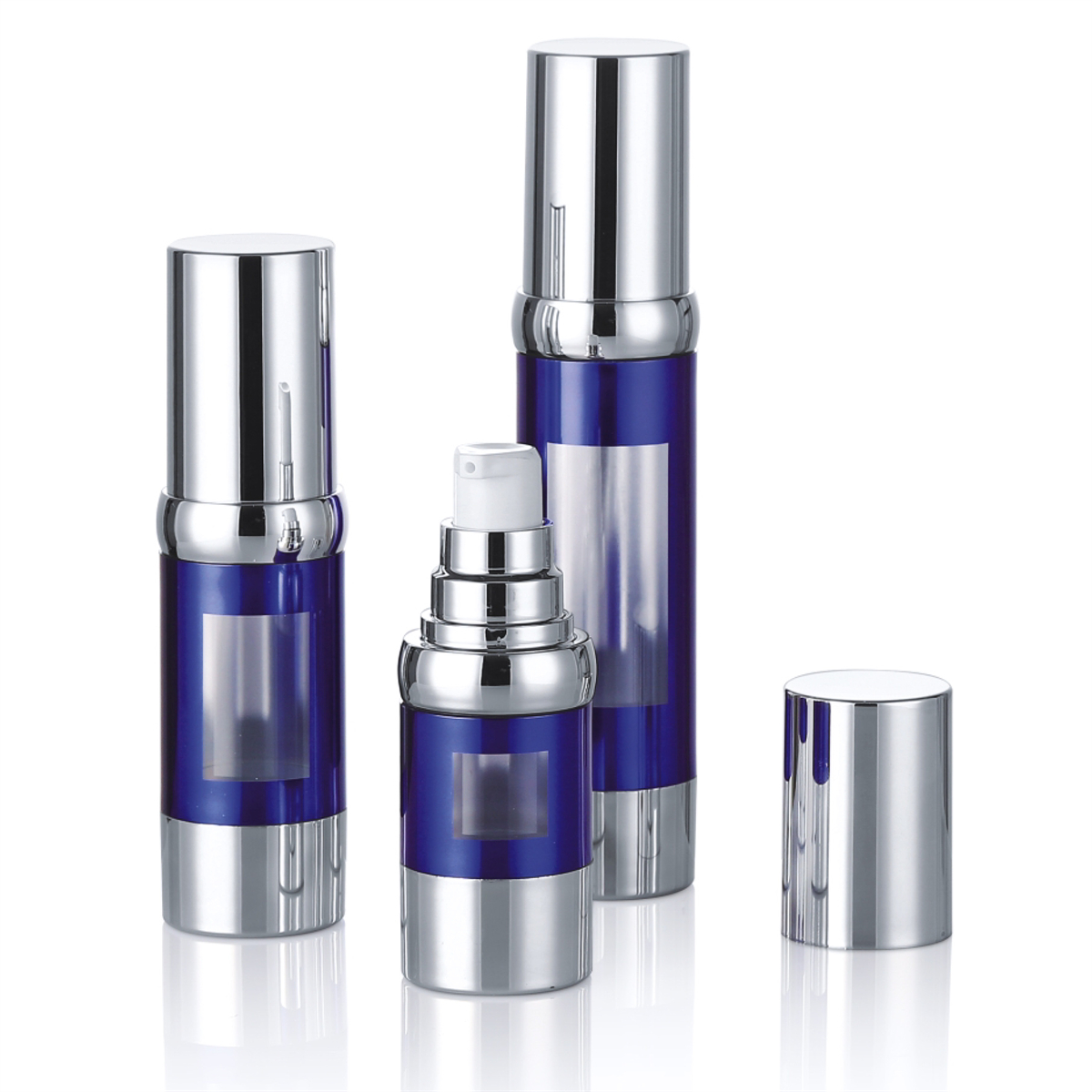
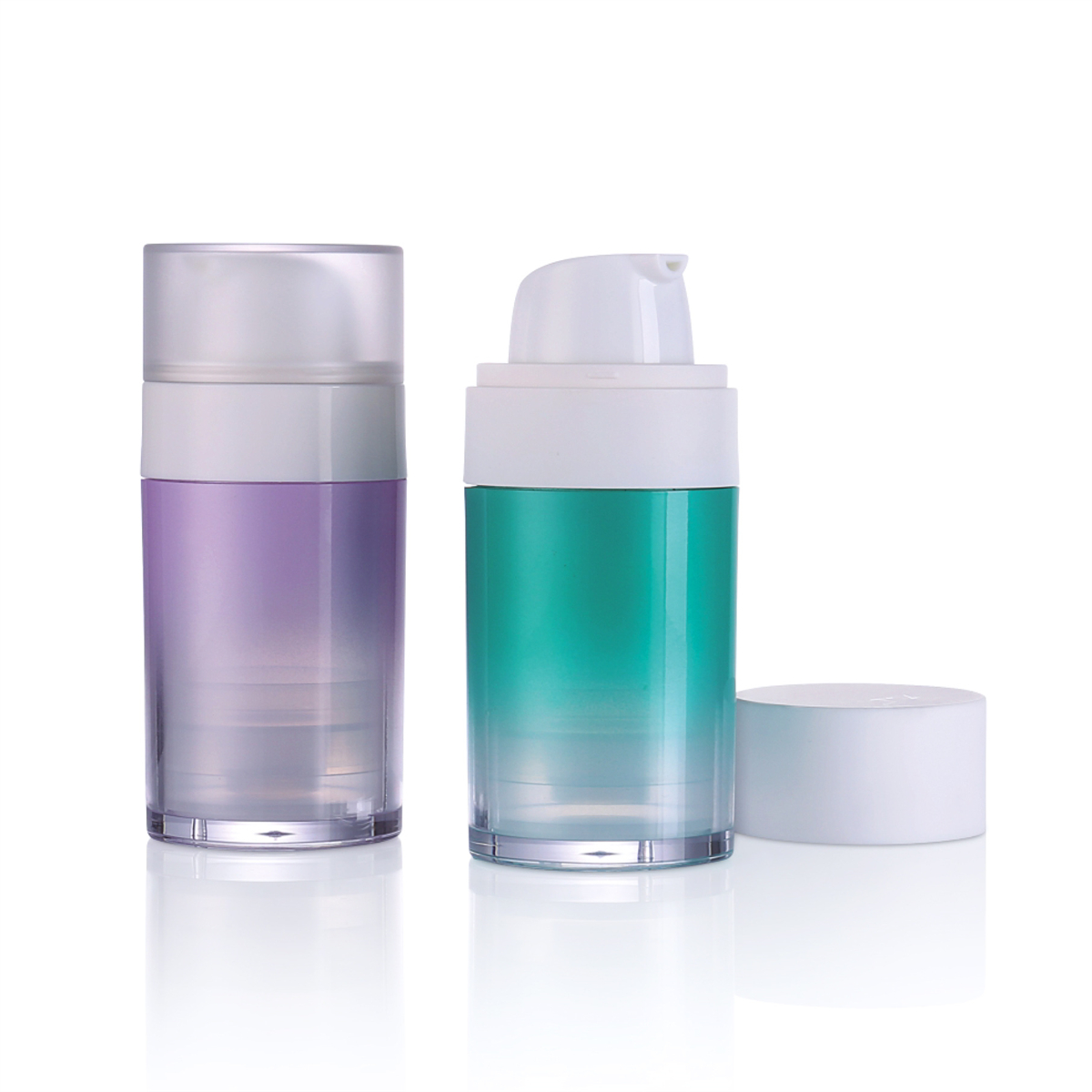
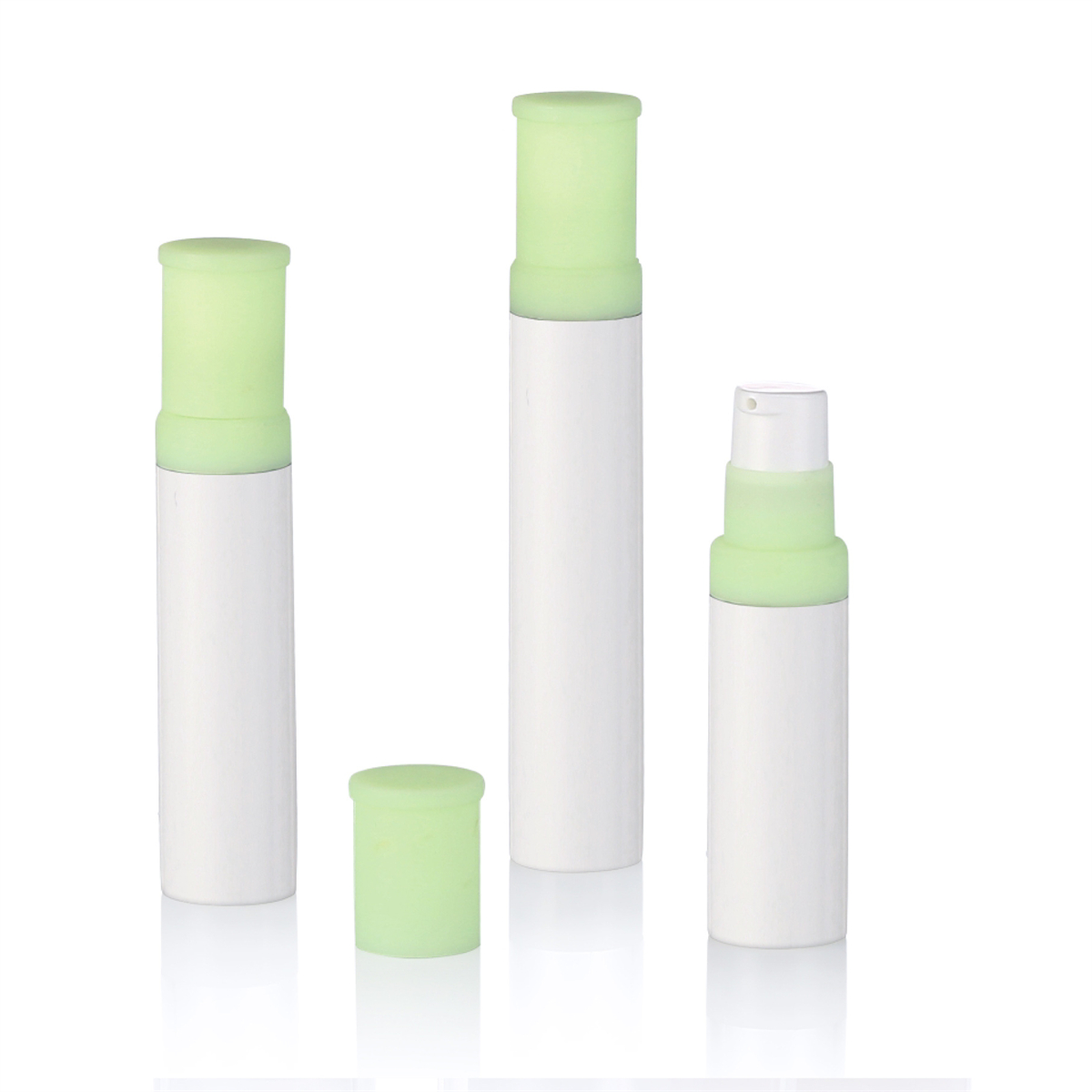
.jpg)
